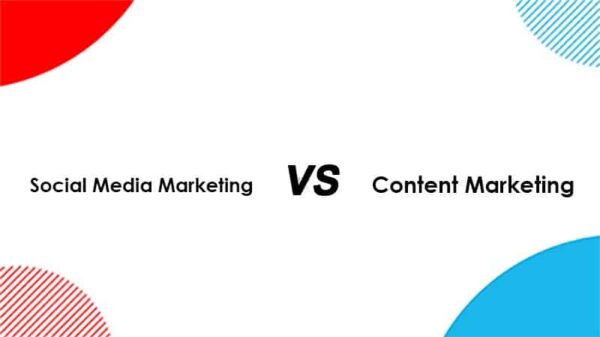Image Credit: Pixabay
In four easy steps, you can determine your ROI for any content marketing campaign. Content marketing and digital marketing are still very new to most companies, and on the surface, it seems like they don’t pay off. But once you break down your costs and return you’ll see the payoff very clearly!
Step One: Know Where Your Content Marketing Succeeds and Where it Fails
Content marketing hits so many regions of the internet sometimes it’s hard to gather that data and sort through it, but that is the first step. Your host should know exactly where your traffic came from, WordPress is exceptionally helpful with this, and although it’s a lot of data, it is pretty easy to sort through.
You want to divide your consumption data into page views, bounce rate, and average time spent on page. These are the three vital aspects you need to know to find out how much money your content marketing campaign led to.
A content marketing company may ask you for your most recent information on these before executing a new content marketing campaign.
Step Two: Identify Where Your Engagement Increased
You’ll need to include engagement from both your social media and your web pages for this one. You’ll want to evaluate the comments, likes, and volume of shares. But be careful when calculating the “value” of a comment as a negative comment clearly isn’t a sign that your campaign is a huge success.
To make tracking comments, like and shares easier you might want to explore commenting system options such as Disqus. When someone goes to comment they must sign in with Disqus or a social media profile and then Disqus will track the data related to that comment.
With your engagement, you’ll need to carefully track your followers and page likes as well throughout the campaign. This is data that you won’t be able to get historically, so it’s important to track these aspects diligently. Don’t forget that tracking isn’t the end of engagement either; it’s just the beginning, you’ll also need to respond to your commenters and show appreciation for new followers.
Finally, the most important aspect of engagement, the click-through rate. Your call to action in your post or tweet should link the user back to your site where they can make a purchase, start a free trial or sign up for a consultation. A high click-through rate is a surefire sign that your engagement is high! You can find your click-through rate in your Google Analytics.
Step Three: Tally Up Your Conversion
Conversion is a big deal with any content marketing campaign. You’ll want to know that your content is converting because it will break down the leads generated and how many of those leads resulted in a transaction. The information here isn’t always as clear as it would be in a store, but the concept is the same.
When a lead visits your site, you’ll want to know who they are, and many places achieve this through an email sign up and offer something for free. You can provide a free newsletter or the promise of an occasional discount code, but you’re offering these things in exchange for their information. Something simple like their name and email address.
To finish the conversion equation, you’ll need to do some deducting and reasoning. So, for the people who have signed up via email, and completed a transaction you’re going to assume those aren’t the same people who processed a transaction from an ad click. Google Analytics makes tracking conversion easy because it will show your new users, a volume of sessions and what per cent of the total sessions was from new users. Ideally, the new users would make up the ad-clicks and the leads generated from the content marketing campaign.
Step Four: Calculate Your ROI
The ROI formula itself is straightforward. You want to take the profit generated from the new users and divide it by the investment costs. Afterwards, you multiply it by 100 to obtain a percentage. To find the total number of the profit generated from the new users, you’ll want to assign a ratio equal to that of the new user’s relation to total users to your sales figures for the month. Your bounce rate, page views and level of engagement will help you narrow down which products did best, and what areas of your site need fine tuning before your next campaign.
Thanks for reading this article. If you're new here, why don't you subscribe for regular updates via RSS feed or via email. You can also subscribe by following @techsling on Twitter or becoming our fan on Facebook. Thanks for visiting!

























































































































































































